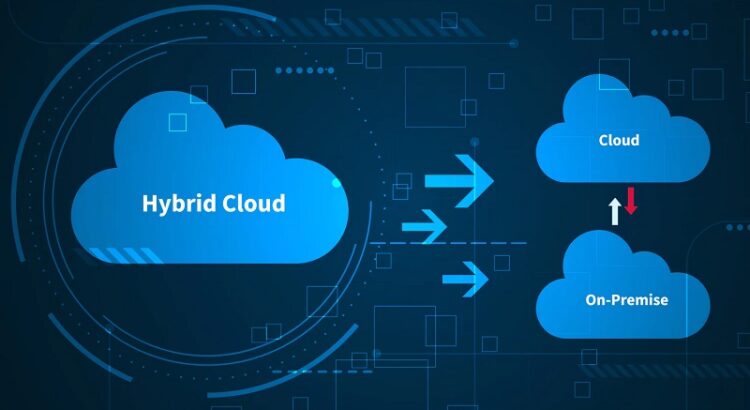When a company adopts hybrid cloud computing, several users carry out a wide range of tasks that ultimately benefit the business as a whole. There are several advantages for programmers while working in a cloud environment. Choosing the hybrid cloud benefits is essential here.
First of hybrid cloud benefits: Create a development environment with optimal workspaces
Possess complete self-service provisioning and a library of curated tools, templates, and resources. Chief information officers (CIOs) may find a boost in productivity with the help of hybrid cloud solutions such as:
Possess the speed and agility to provide new offerings to the market
- Line-of-business leaders may keep an eye on expenses and productivity with the help of various platforms and technologies.
- Achieve success without relying on IT to facilitate their efforts.
- Boost the quality of their own offerings.
- Improve the company’s current level of health.
Why do organisations want to use a hybrid cloud architecture?
Some of the following are examples of why corporations use hybrid cloud solutions:
Minimising wasted effort
One advantage of hybrid cloud computing is the ability to run mission-critical tasks on dedicated hardware. As a result, security and compliance are improved.
Resources may be scaled up or down as needed, allowing businesses to adapt to fluctuations in demand. When workloads increase, firms may make do with what they have instead of spending money to obtain more. It also helps ensure that the resources aren’t underutilised during peak business times.
Hybrid clouds enable business continuity by syncing data and programmes across both private and public clouds. This ensures that business may proceed as usual in the case of a system outage.
Low price
Companies may choose infrastructures that operate within their financial constraints and are capable of handling a wide range of workloads. Another useful strategy for saving money is the pay-as-you-go system.
How many distinct components does a hybrid cloud have?
The benefits of a hybrid cloud’s solid architecture and the features at a company’s disposal can be maximised, and digital transformation can be brought about, if businesses have a firm grasp on the fundamental aspects that make up a hybrid cloud.
Server farm situated on the premises
We say that a company’s “on-premises” data centres are placed on the company’s actual premises. With the help of various storage systems, server systems, network infrastructure, and hardware components, you may better manage an organization’s data and applications. It is feasible to run private clouds using on-premises infrastructure thanks to virtualization of computing resources.
Accessible cloud-computing platform
The public cloud is a kind of cloud computing in which users access shared computing resources and services over a public network, such as the Internet, provided by a remote service provider. Businesses that share an infrastructure may share resources including virtual machines, storage, application environments, and develop and deploy environments. Businesses may utilise public cloud services on a pay-as-you-go basis, with the flexibility to add or remove resources as needed.
Conclusion
Private clouds, as opposed to public ones, provide more granular control and security for user information. It’s a kind of cloud computing that’s restricted to use by a single business. Other benefits include access control, adaptability, scalability, and a simplified method of providing services. This setup is known as a single-tenant solution since it allows for the usage of private cloud resources by a single client.





